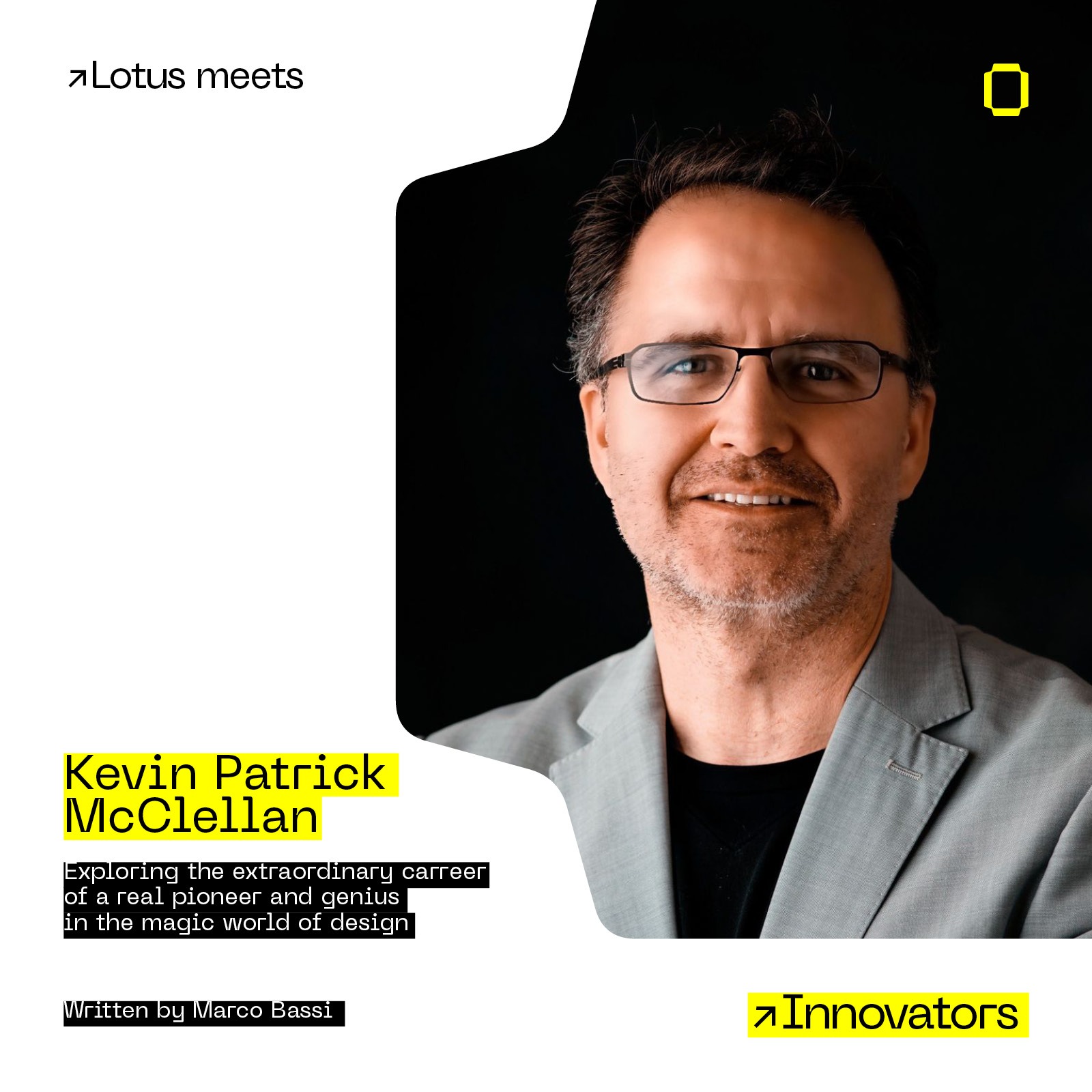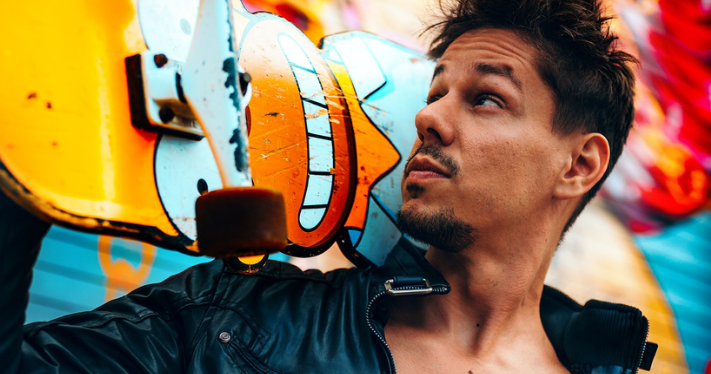Kevin Patrick McClellan
- June 7, 2023
- 3:25 pm

Kevin Patrick McClellan is a talented designer and artist with an extraordinary career. Based in
Texas, McClellan has demonstrated exceptional skill in both analog and digital design.
Introducing VIN + OMI, a dynamic duo of fashion designers who epitomize excellence and innovation in the modern fashion world. With their exceptional talent and unbridled creativity, VIN + OMI have quickly gained recognition and admiration within the industry, transforming runways into captivating works of art. Get ready to be mesmerized by their unique vision and extraordinary designs.
His career has been marked by a series of fantastic projects that have left a lasting impact on the industry.
His ability to transform abstract ideas into tangible creations is remarkable, and his unique style is always recognizable in his work.
McClellan has shown remarkable mastery in architectural design, creating spaces that are both functional and aesthetically captivating.
His ability to balance innovation with practicality is evident in every project he has undertaken.
In addition to his excellence in architectural design, McClellan has also ventured into digital art, exploring the potential of the interaction between art and technology.
His digital works are stunning and demonstrate his ability to adapt to new expressive mediums, creating pieces that are a perfect fusion of creativity and technology.
McClellan’s remarkable career is a testament to his dedication, passion, and artistic talent.
His innovative projects and breathtaking creations have earned admiration in both the design and art fields.
McClellan is a true pioneer, capable of pushing the boundaries of creativity and inspiring others with his unique vision.
His ability to transform ideas into tangible reality is an extraordinary gift that has enriched the world of design and art.
In conclusion, Kevin Patrick McClellan is an exceptional designer, a versatile artist, and a bold innovator.
His career and projects are a visual and soulful spectacle, and his contributions to the world of design and art will be remembered forever.
- How did you develop your passion for design and art?
My passion for design and art has been a lifelong journey, shaped by a combination of personal
experiences and a deep-seated curiosity about the world around me. Growing up in both Mexico and
Texas, I was exposed to a rich blend of cultural influences, from the vibrant colors and patterns of
Mexican art to the bold lines and forms of contemporary architecture. Growing up in this creative
environment sparked a deep curiosity within me, pushing me to explore various artistic disciplines. I
found myself captivated by the power of design to shape the world around us, to convey emotions, and
to provoke meaningful conversations. It was through this exploration and introspection that my passion
for design and art began.
- How did you decide to found Art+Design Workshop, and what are the main objectives of your research and design work?
- In your work, you have often explored the impact of complex systems on materials and form. What are the main challenges you have encountered during this process, and how have you overcome them?
- What have been the most important projects of your career, and what makes them significant to you?
- You have worked with Zaha Hadid Architects and Kevin Kennon, two big names in architecture. How did you find these experiences, and how have they influenced your work?
- How has teaching design studio at the University of Texas at San Antonio influenced your professional practice?
- You founded and co-directed TEX-FAB *Digital Fabrication Alliance. What is your vision for the future of digital fabrication, and how do you think this technology can influence architecture and design?
- What are your future projects and collaborations, and what are you working on currently?
- What motivates you most in your work, and where do you draw inspiration from?
- Finally, during your Rhino 3D workshops you often cover various modeling and documentation
techniques. What advice would you give to those who want to become more proficient in using this
software, and how do you think Rhino 3D can help designers and architects in their daily practice?
For those seeking to become more proficient in using Rhino software, I would offer the following advice:
Embrace a mindset of continuous learning and experimentation. Rhino 3D is a powerful tool that allows
designers and architects to bring their ideas to life, but proficiency comes with practice and exploration.
Take advantage of online tutorials, forums, and resources to deepen your understanding of the
software’s capabilities. Additionally, seek out opportunities to collaborate with others and engage in
real-world projects to apply your knowledge in practical scenarios. Rhino 3D can be a transformative tool
for designers and architects, empowering them to visualize and communicate their ideas effectively,
iterate rapidly, and ultimately elevate the quality of their daily practice.
Written by Marco Bassi

